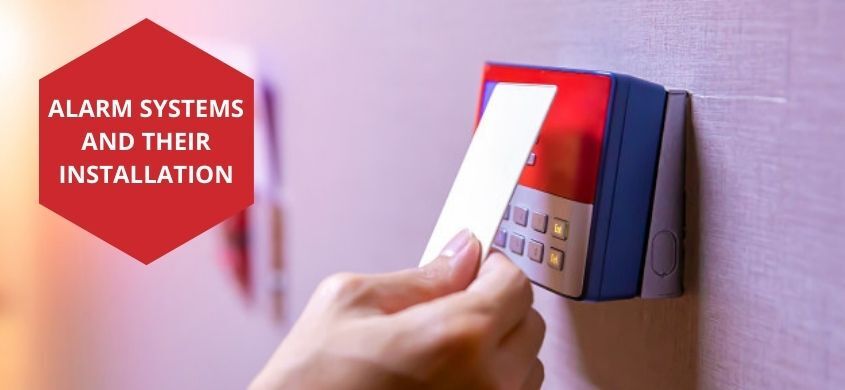6 Proper Practices Suitable for Alarm Systems and their Installation

As long as the alarm systems are installed and the way it is used for building protection actually makes all the buildings in Mildura secured. Investing in the high-quality and professionally installed alarm systems at home or business and following the right operating and maintenance procedures and practices of the alarm systems keep the property safe and secured. Rather, there are several practices to be employedfor the alarm system installation and operations for overall safety.
1. Keypad and Control Panel Placement
The key to the property security while conducting an alarm installation for the properties in Milduraare their keypad’s and control panel’s location and placement. The keypads never are placed within the burglar’s line of sight either from the building’s or home’ outside. These must be kept away from the entrance and windows. When they are placed within the burglar’s line of sight, then they see if the systems are armed or disabled. They are bound to revise their burglary plans knowing the location of the alarm systems. The keypad must be covered when not being used by using the cover meant for concealing the keys.
2. Programming the Alarm System Duress Code
With the alarm systems programmed with primary codes for daily usage, the wise action is programming it with the duress code to suit the emergency cases. The duress codes are helpful at the times of break-ins and the authorities have to be immediately alerted. The burglars cannot force the entrance codes and disarm your systems because the duress codes will immediately send alerts to the monitoring companies about the emergencies and make them respond soon. However, the burglars will not be aware they entered the false codes.
Most alarm systems are made available being pre-programmed with the standard duress codes and the manufacturers apply the same code to every alarm - the information can be tracked online.
3.Sensors Placement in the Right Places
An alarm system proves itself owing to its comprised devices and sensors and ensuring the proper placement of these sensors in the highly effective and appropriate locations. The common locations for their allocation are the doors and windows, especially on the second floor - they must be equipped with window and door sensors. The window sensors must be set for going off with the windows being open for more than 4 inches.
Equally placing the motion detectors inside covering the rooms with many windows, main entrances at the stairs and garages is crucial. They must be equipped with the fail-safe anti-tamper switches for triggering the alarm if they are removed or tampered with.
The two viable options are the wireless and hardwired sensors; while the wireless sensors must be checked of their batteries and regularly replaced.
4. Keeping the System Armed Every time
The installed alarm systems must be equipped with Away and Stay modes. While the general armed mode is Away that is switched on at the time of leaving the home or the business center or keeping the doors locked for the day. It functions to activate the exterior perimeter security like the glass break detectors, window, and door contacts, etc., and the interior motion detectors to justify an alarm system’s customary use. On the other hand, the stay mode is effective when you are at home to activate the perimeter security while deactivating the interior motion detectors. It allows the users to move around freely at the house without having to trigger the alarm. When you leave, make sure to activate the Away mode.
5.For Emergency, Get the Backup External Connections
Alarm systems suited with external monitoring make use of either cellular, landline, or wireless internet connections for communicating with the monitoring devices. These connections might susceptible to burglars and might often be disabled deeming them useless. When the conditions are such, then choose the cellular connections that cannot be tampered from the building’s outside. The stronger idea is choosing the multiple connections to ensure redundancy when the cases are of a cut line and other communication failures. This means cellular and landline connections for home.
6. Not to Excessively Rely on the Alarm
Do not rely entirely on the alarm system for the protection of your entire property. Consider the multiple aspects of security like access control, video surveillance, and alarm systems - added to the carefully implemented procedures and security protocols. CCTV cameras are helpful to watch over the property to deter burglaries and preventing the rising troubles.
Be a responsible owner to teach your office people and home inmates regarding proper security and how can you use the alarm system for saving the building from insecure and unwatched cases. The first steps are preparation and vigilance necessary for the building's safety.
